Quinine Hydrochloride Dihydrate
Price range: $300.00 through $6,100.00
Buy Quinine hydrochloride dihydrate powder online, order Quinine hydrochloride dihydrate powder, where can I buy Quinine hydrochloride dihydrate powder online, best place to buy Quinine hydrochloride dihydrate powder online, cheap price Quinine hydrochloride dihydrate powder online, China supplier Quinine hydrochloride dihydrate powder, Quinine hydrochloride dihydrate powder wholesale , wholesale Quinine hydrochloride dihydrate powder,cheap price Quinine hydrochloride dihydrate powder online
Description
Quinine Hydrochloride Dihydrate For Sale
Quinine Hydrochloride Dihydrate is a white crystalline powder, recognized for its antimalarial, analgesic, and antipyretic properties. Derived from the bark of the cinchona tree, it is commonly used in the treatment of malaria caused by Plasmodium parasites. This compound works by interfering with the parasite’s ability to digest hemoglobin. Apart from its therapeutic uses, quinine is also employed as a flavoring agent in beverages like tonic water due to its distinct bitter taste. Quinine Hydrochloride Dihydrate is soluble in water and alcohol, ensuring versatile formulation options. It remains an important pharmaceutical ingredient in both traditional and modern medicine.
Identity & Molecular Data
- Chemical name: (-)-Quinine hydrochloride dihydrate
- CAS #: 6119‑47‑7 
- EC number: 205‑001‑1 
- Molecular formula: C₂₀H₂₅ClN₂O₂·2 H₂O
- Molar mass: ~396.9 g/mol 
- Optical rotation: –230 ± 5° ([α]²⁰/D) 
Physical Properties
- Appearance: White to off-white powder 
- Melting point: 115–116 °C (decomposes) 
- Solubility: ~62.5 g/L in water; also cited as 0.25 mg in 5 mL H₂O in pharma tests 
- pH: ~6.0 when 1% solution at 20 °C  
- Bulk density: ~310 kg/m³ 
Applications & Uses
- Antimalarial medication: Especially for Plasmodium falciparum resistant to chloroquine, used orally or IV 
- Fluorometric reagent: Commonly used in fluorescence assays (excitation/emission: ~322/450 nm in water) 
- Actinometry: Employed for measuring light in photochemical research 
Mode of Action & Pharmacology
- Antimalarial mechanism: Inhibits hemozoin formation in parasites, disrupting digestion of hemoglobin; may also inhibit nucleic-acid synthesis and glycolysis 
- Other effects: Potassium channel blockade in enteric neurons; acts as blood schizonticide 
Safety & Handling
- Hazard classification: Oral acute tox 4; respiratory/skin sensitizer 
- LD₅₀ (rat, oral): ~620 mg/kg 
- Hazard statements: Harmful if swallowed; may cause allergic skin reactions and asthma; handle with care 
- Precautions: Wear gloves, eye protection, dust mask (N95), work in ventilated area; avoid dust inhalation 
- Storage: Below +30 °C; dispose per organic reagent guidelines 
Regulatory Status & Warnings
- Medical use: Approved for malaria; no longer first-line due to alternatives; off-label use for leg cramps discouraged by FDA & FDA bans OTC usage for cramps 
- Side effects: Cinchonism (headache, tinnitus, visual changes); severe reactions include arrhythmia, thrombocytopenia, hemolytic anemia, renal failure 
- Contraindications: Avoid in G6PD deficiency, heart conduction disorders; interacts via CYP2D6 inhibition 
- Food & beverage uses: Flavoring agent in tonic water, limited to ≤100 mg/L in EU and ≤83 ppm in US 
Industry & Research Use
- Pharmacopeia grade: Compliant with USP/NF and Ph.Eur standards 
- Research grade: Pure, fluorescent-grade powder (≥98%), used in spectroscopy and fluorescence studies 
Trivia & Anecdotes
- Tonic water’s origin: Developed to mask quinine’s bitterness; gin and tonic originated from this practice 
- Fluorescence: Under UV light, quinine glows cyan—often used in fun demos 
| Property | Value |
|---|---|
| CAS | 6119‑47‑7 |
| Formula | C₂₀H₂₅ClN₂O₂·2 H₂O |
| Mol. mass | ~396.9 g/mol |
| Melting point | 115–116 °C (decomp.) |
| Solubility | ~62.5 g/L (∞ water), pH ~6 |
| Hazard | Acute oral tox; skin/lung sensitizer; LD₅₀ ≈ 620 mg/kg (rat) |
| Uses | Antimalarial; fluorescent reagent; flavoring |
| Regulatory notes | Restricted for leg cramps (US); limited beverage presence |
| Pharmacology | Blood schizonticide; CYP2D6 inhibitor; may cause cinchonism |

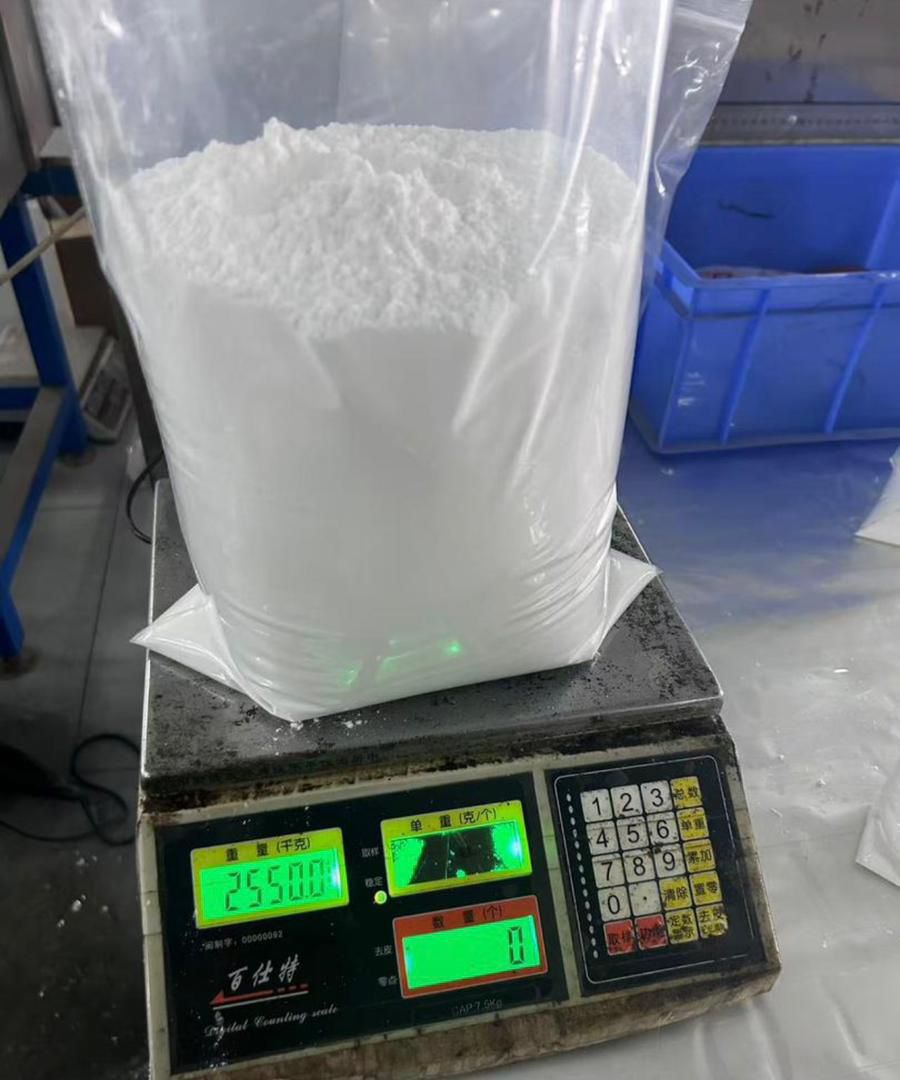
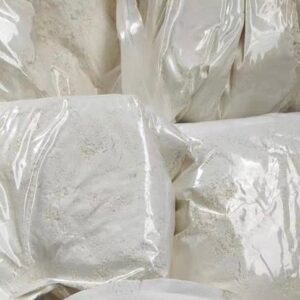
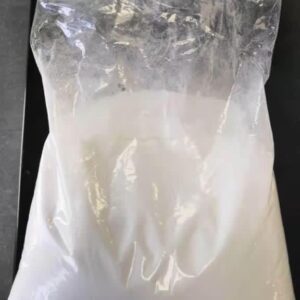
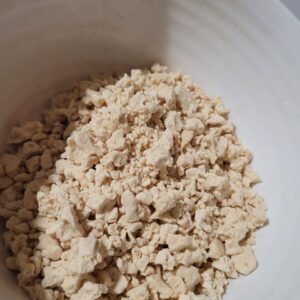
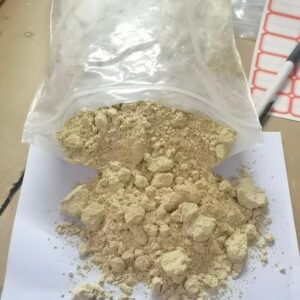
Reviews
There are no reviews yet.